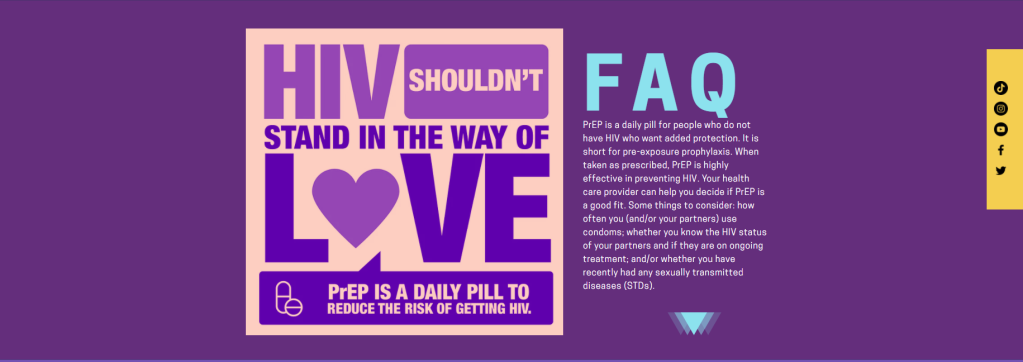Our Organization, SisterLove, Inc. is the oldest nonprofit of its kind in the Southeastern United States, with a satellite location operating in South Africa. For just over 32 years, we have worked to end the spread of HIV, protect those who live with it, and inoculate the public against the ignorance and misinformation that drives the stigma against those who live with or are at risk of contracting HIV. We not only work to provide the testing, treatment, and counseling resources to directly address the HIV epidemic at the individual and community level, we also work to meet the multifarious intersectional challenges that those individuals and communities face. As champions for the Sexual and Reproductive Health and Rights of Black women, and all marginalized groups here at our base of operations in Southwest Atlanta and globally, we consider it our essential mission to directly empower those we serve to not only to improve and maximize their sexual health, but to also fully realize their inherent right to freedom from material instability. Because of this ethos, we have worked to create spaces of non-judgemental acceptance and unconditional support. Our position as a place of refuge for those most in need often attracts individuals not only in need of sexual health services, but also those facing crises such as homelessness, poverty, and other practical challenges. This reality forms the mandate to create systems of seamless access to the resources that are most needed.
It is in the spirit of providing holistic care and attention to the intersectional needs of our community that we developed our Community Resource Guide (CRG) application. This guide is a reliable and digitally versatile index of service providers, informational resources, and material support programs that can be easily accessed by those who need it most. It is also portable with dual online/offline functionality on both smartphones and computers. This application not only represents our understanding of the need to innovate solutions to both common and uncommon barriers of access to essential services, but also embodies our desire to be a trusted source of information and an active advocate for the right of every human being to live a life of dignity and safety.
It is this desire to connect those we serve with the support systems required to enhance their well-being in palpable ways that led us to National Library of Medicine/National Institutes of Health/Health and Human Services’ (NLM/NIH/HHS) informational resources and online tools. The easy-to-digest infographics, fact sheets, and widgets provide a central access point for critical knowledge. We highlighted these resources independently in our CRG app, and also at the end of our marketing funnels built to direct people to NLM/NIH/HHS properties. We also rebuilt our Frequently Asked Questions About PrEP page around the cutting edge knowledge base found on the HIVInfo website.
The viability of our CRG app has already been demonstrated. One recent example is of a self-identified Queer individual who had come to us for HIV testing at our Motherhouse location in Atlanta, Georgia. This uncertainty as to their HIV status coincided with their eviction from a home they were living in with a former partner. Our CRG app, accessible by an easy-to-use QR code, provided direct access to the HIVInfo resources they needed not only to comprehend their HIV status, but also to local community support organizations that helped them find housing. Our motto is “Healthy Loving is Healthy Living!”. For SisterLove, Inc, the meaning of this phrase extends beyond just enhancing sexual health for individuals. It also promotes the loving practices of mutual support, community engagement, and the moral impetus to provide for those in need without judgement or stigma.
To stay up to date with developments on our Community Resource Guide app, and our other efforts to achieve Reproductive Justice and equality for Black women, and all marginalized peoples, visit our Newsroom and become a subscriber.
Follow us on social media!









